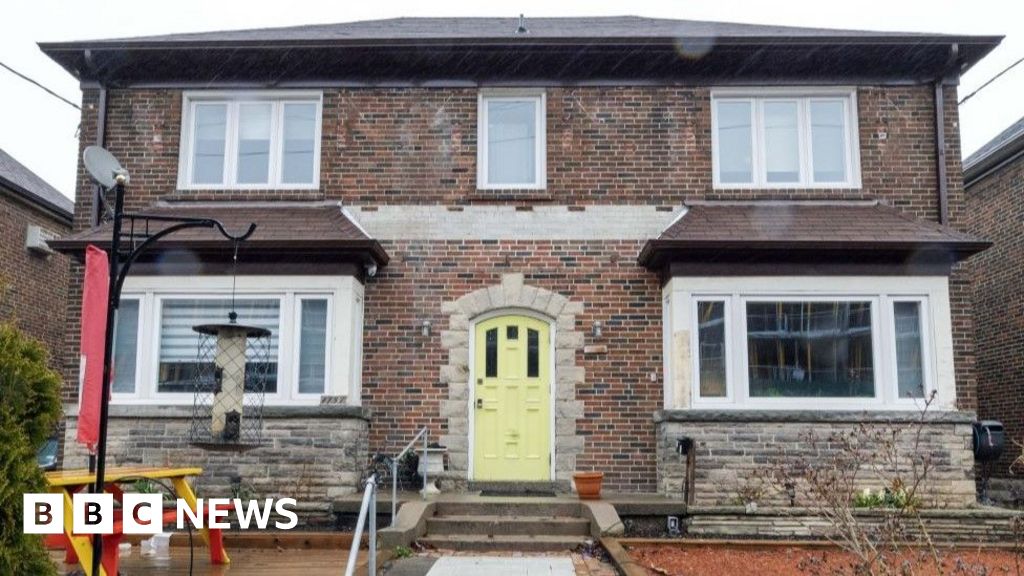It’s not clear to me that population growth is the main driver. In fact, doesn’t the quote you pulled state that it’s mortgage rates?
I was curious about this, so I did a little bit of digging. Stockholm’s population grew within a band of 2% - ~1.5% over the period you listed, with 2% growth rates occurring early and lower growth rates happening later. During the same period house prices close to doubled - with a massive run up later in the time period. This is outsize, no matter how you slice it.
What was quite interesting - and did happen during that time period - is that you had a run up in employment rate and a long-term decrease in the policy rate (which drives mortgage rates). So, more money sloshing around in the system for use on assets.
I think the initial driver of housing prices is quite different: cheap - and available - money for people to spend on assets. The longer such a period is around, the more people are able to take advantage of it, and the more FOMO there is if you don’t, contributing to a non-linear run-up in prices. On the flip side, supply constraints combined with population growth mean that there’s less and less of the asset people are interested in, again contributing late-cycle almost vertical runups.
[1] Population growth rates in Stockholm:
https://www.macrotrends.net/global-metrics/cities/22597/stockholm/population#google_vignette
[2] Monetary policy in Sweden (see graphs on pg 38 onwards):
https://www.riksbank.se/globalasset...-in-sweden-after-the-end-of-bretton-woods.pdf

 www.bbc.com
www.bbc.com









